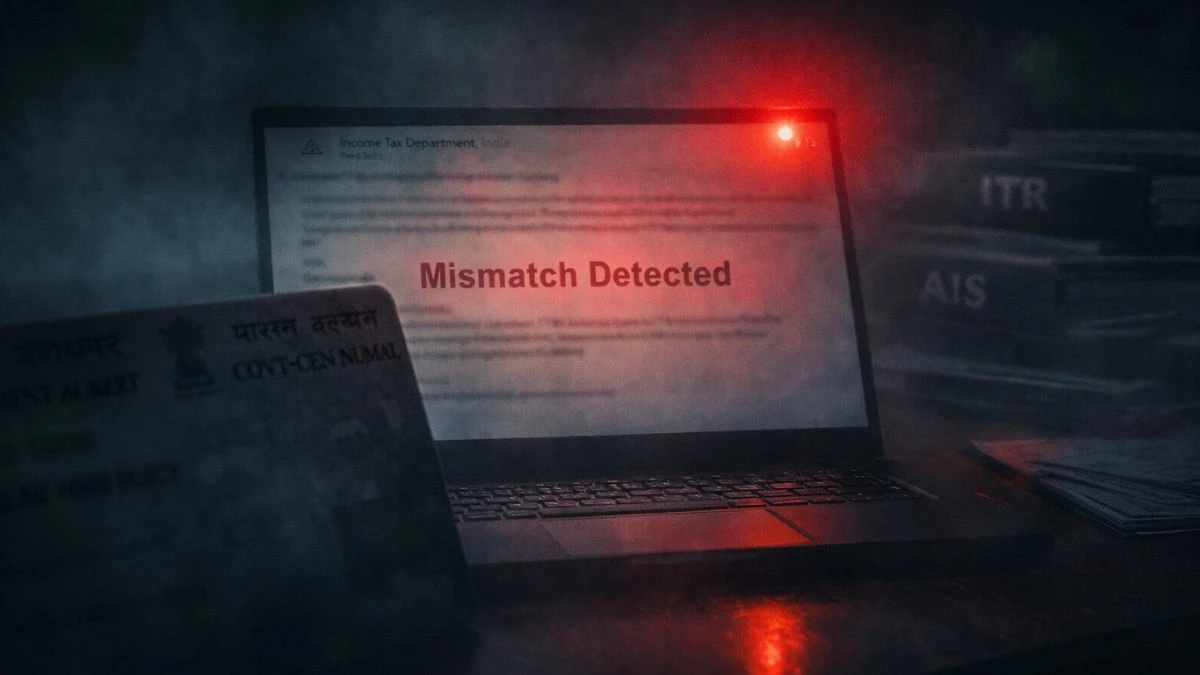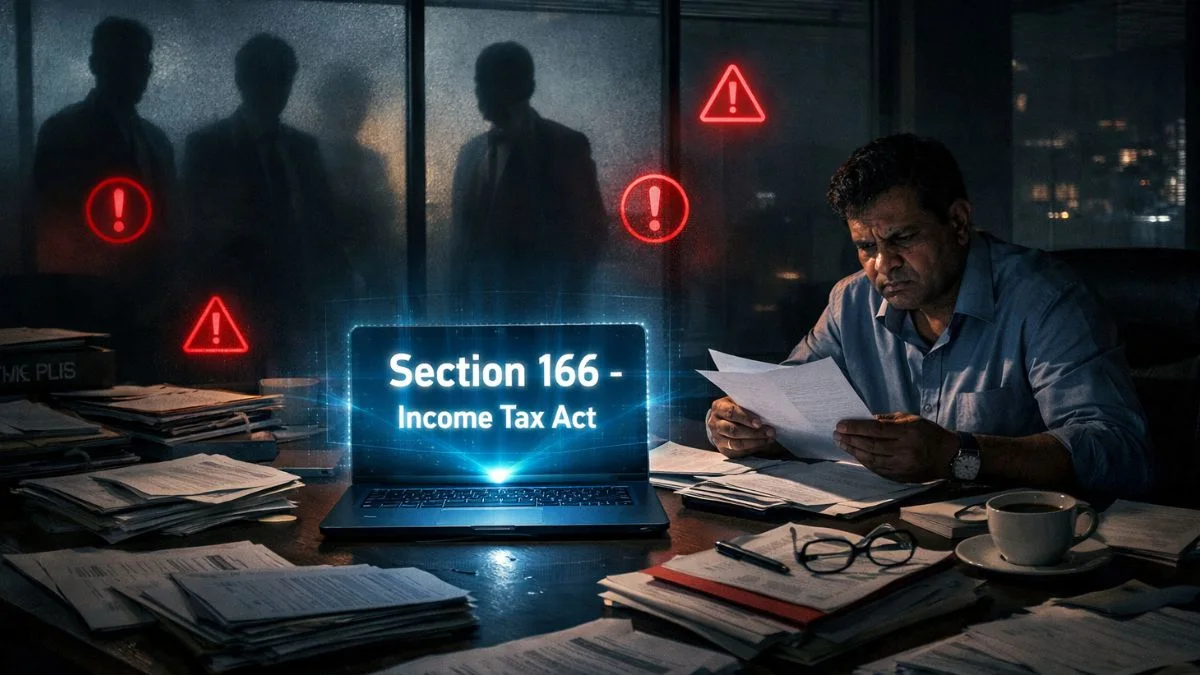
Tax compliance in India has undergone a major transformation in recent years, with technology and transparency becoming the backbone of reforms. One of the most significant steps in this journey is the introduction of Section 139AA of Income Tax Act. This provision requires every person who is eligible to obtain Aadhaar number and every individual who has been allotted a permanent account number (PAN) to link the two.
The intent is simple but powerful — curb tax evasion, eliminate duplicate PAN cards, & make taxpayer identification seamless. While the rule is straightforward, many taxpayers still remain unaware of the process, consequences, and exemptions. This article covers everything you need to know in a structured yet easy-to-read way.
What is Section 139AA of Income Tax Act?
Section 139AA was introduced through the Finance Act, 2017 and came into effect from 1 July 2017. It mandates:
- Every person who is eligible to obtain Aadhaar number must mention it while filing their income tax return (ITR) or applying for a new PAN.
- Every individual who has been allotted a permanent account number (PAN) must link it with Aadhaar before the government-notified deadline.
This means that your PAN and Aadhaar are now officially connected in the government’s database, making it easier to verify identities & track transactions."
Why Was Section 139AA Introduced?
The government’s goal was to plug loopholes and strengthen the taxation system. By linking Aadhaar with PAN, several problems could be addressed:
- Elimination of Duplicate PANs – Prevents one person from holding multiple PAN cards.
- Prevention of Tax Evasion – Makes it harder to hide taxable income.
- Ease of Tracking Transactions – Banks, mutual funds, and financial institutions can easily verify taxpayer identity.
- Digital India Push – Encourages paperless, tech-enabled compliance.
Who Needs to Link PAN with Aadhaar?
Under Section 139AA:
- Any Indian resident who is eligible to obtain Aadhaar number.
- Any person who already has a PAN allotted to them.
This means that for most resident taxpayers, linking PAN with Aadhaar is mandatory.
Exemptions Under Section 139AA
Certain groups are not required to link PAN & Aadhaar:
- Non-resident Indians (NRIs)
- Citizens of Jammu & Kashmir, Assam, and Meghalaya (as notified)
- Individuals aged 80 years & above
- Foreign citizens holding PAN for business purposes in India but not eligible for Aadhaar
Also Read: PAN-Aadhaar Not Linked Yet? New Circular Brings TDS/TCS Relief for Taxpayers and Deductors
Consequences of Not Linking PAN and Aadhaar
Failing to comply with Section 139AA can cause serious issues:
- PAN Becomes Inoperative – You won’t be able to file ITR.
- Higher TDS – Tax deduction rates increase for unverified PAN.
- Financial Transactions Blocked – Opening bank accounts, investing in securities, or purchasing property can become impossible."
- Penalty – A fine of ₹1,000 before linking is processed.
How to Link PAN with Aadhaar (Step-by-Step)
Linking your PAN and Aadhaar is quick and can be done online:
- Visit the Income Tax e-Filing Portal – https://www.incometax.gov.in
- Click on ‘Link Aadhaar’ under Quick Links.
- Enter PAN, Aadhaar number, and your name as per Aadhaar.
- Verify details and submit the OTP sent to your registered mobile number.
- Get confirmation of successful linking.
Benefits of Linking PAN and Aadhaar
The advantages go beyond compliance:
- Faster Tax Refunds – No delays due to identity verification.
- Simplified KYC – For bank accounts, investments, and loans.
- Lower Fraud Risk – Prevents misuse of duplicate PANs.
- Streamlined Tax Filing – Aadhaar OTP-based verification speeds up filing.
Common Mistakes to Avoid While Linking
Even a small mismatch in your PAN & Aadhaar details can cause rejection:
- Different spellings of your name in PAN and Aadhaar.
- Incorrect date of birth entries.
- Using an unregistered mobile number for OTP verification.
Legal Backing for Section 139AA
The provision is fully backed by the Income Tax Act, 1961 and Aadhaar Act, 2016. Non-compliance is considered a violation of tax law, & the CBDT (Central Board of Direct Taxes) issues notifications to set deadlines and clarify procedures.
Timeline and Deadlines
Since its introduction in 2017, the government has extended the deadline multiple times to allow taxpayers to comply. However, the penalties for missing the deadline are now strictly enforced, and there’s little chance of further relaxation.
Also Read: PAN Misused? Here’s How to Catch Hidden Loans on Your Name
Practical Example
Imagine a salaried individual who forgets to link their PAN and Aadhaar. Their PAN becomes inoperative, and when they try to file their ITR, the system rejects it. Not only do they have to pay a penalty of ₹1,000 to link it later, but they also face delays in processing their tax refund.
Final Thoughts
Section 139AA of Income Tax Act is more than just a compliance requirement — it’s a measure to ensure transparency, reduce fraud, and simplify taxpayer identification. If you haven’t yet linked your PAN and Aadhaar, doing so immediately will save you from penalties and financial inconveniences.
💡 Pro Tip: Don’t wait until the last date. Linking takes only a few minutes and can be done online without visiting any office.
📌 Need help with PAN-Aadhaar linking, ITR filing, or any other tax compliance? Visit Callmyca.com and let our experts handle it for you — quick, accurate, and hassle-free!











